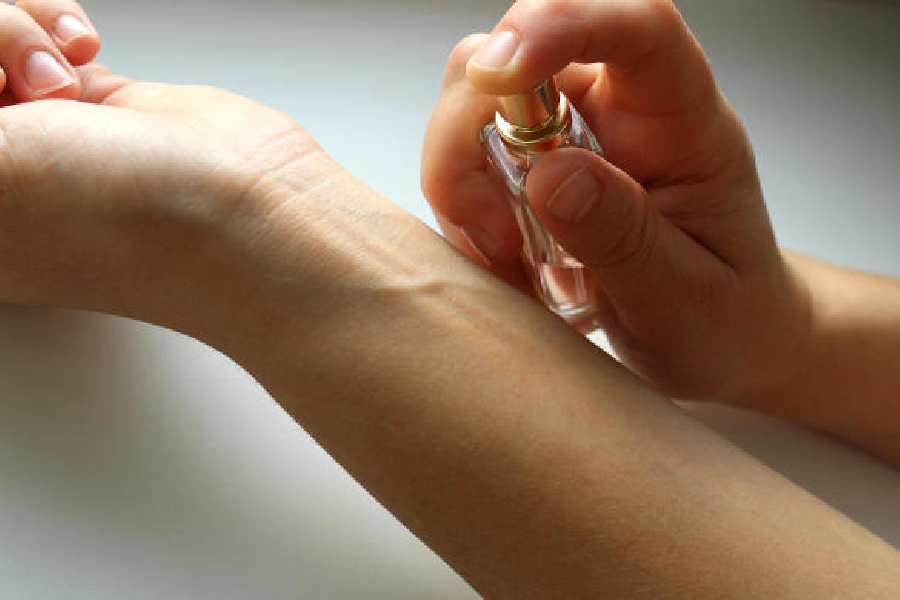The city’s air quality has deteriorated since the barrage of firecrackers during Diwali, but did you know that fumes from paint, smoke from dhuno, and even the aerosol perfume you spray on your clothes can harm your health?
These insights form part of a mass awareness campaign by the Cardiological Society of India, headquartered at Kankurgachhi. Founded in 1948 by Dr B.C. Roy, the society now has some 6,000 members nationwide.
“The American College of Cardiology gives a research grant every year to different chapters. In 2023, we had applied for this, together with their preventive cardiology section, and won it,” said Debabrata Roy, a cardiologist at Rabindranath Tagore International Institute of Cardiac Sciences, the body’s executive committee member and co-ordinator of inter-societal and institutional collaborations and a governing body member of World Heart Federation.
“This grant is all the more prestigious as it is the first awarded outside the US,” added Roy, who spearheaded the initiative. Spanning from May 2024 to 2025, the project targeted 30,000 children between classes I and V across the state through surveys and interventions.
They organised processions, dramas, debates, essay-writing contests, distributed colouring books on the theme, shared information and videos. “Research shows that teachers can be more impactful than health workers in such cases. If kids are taught, they go home and compel their families to follow. Children’s leadership will bear multiple fruits,” said secretary of the Society, Dr D.P. Sinha, who notes that post-intervention surveys revealed reduced firecracker use in Diwali in many rural and suburban areas. “Firecrackers should be avoided completely. Even the so-called green crackers are harmful, especially in places where the baseline AQI is already high.”
The study found no stark rural-urban divide. “Waste burning is common even in urbanised areas like Salt Lake,” said the doctor, a resident of CD Block. “Rather, we found that the lower the socio-economic status, the more deficient the knowledge. Such children attend school but are still ignorant of concepts like Air Quality Index (AQI) despite being taught and despite them being flashed across the media,” Roy said.
Don’t use sprays
The campaign emphasised that the ambit of air pollution was far beyond exhaust from cars.

“Many did not know that incense (dhoop and dhuno) is harmful, and even sprays, be it perfumes or mosquito repellents. Ittar is ideal as it is applied directly, but when sprayed, perfume releases particulate matter (PM), which is harmful to inhale. From the lungs, it travels throughout the body, including to the heart,” said Roy.
While air pollution is commonly linked to lung issues, cardiologists stress its equally severe impact on the heart. “A Western study has found commuters on a polluted route to be suffering from many more cardiology issues than others,” he said.
The Society advices simple changes: keep surroundings clean, cycle whenever possible, carpool to cut emissions, and shun firecrackers entirely. “Professional house painters should don a mask or cover their nose with a gamchha to evade fumes. If you venture into polluted spots, wear N95 masks. During the pandemic, we saw far fewer respiratory problems in winter, as mask-wearing had become routine,” Roy advised.
Sinha, added that while heart patients are traditionally advised to avoid cholesterol and fatty diets, they should also be asked to avoid pollution. “We are, in fact, planning a project with IIT Delhi to monitor daily cardiovascular disease hospital admissions against AQI per square kilometre around these patients’ homes,” he said.











